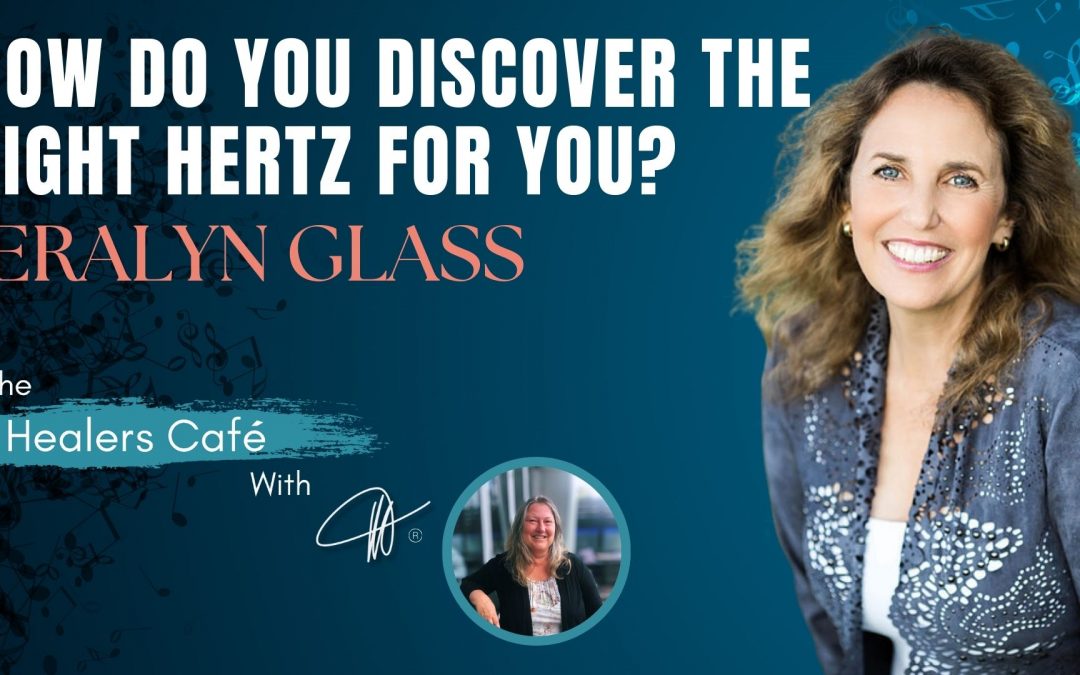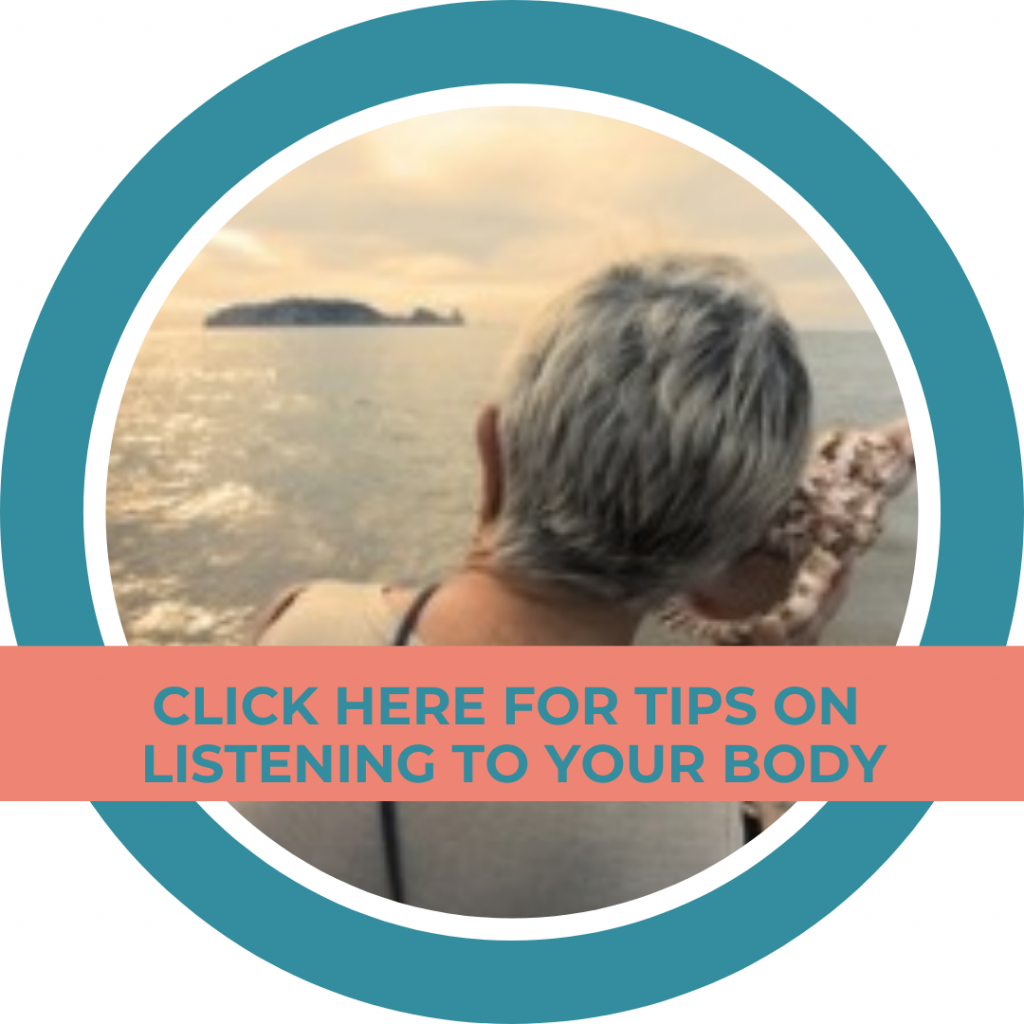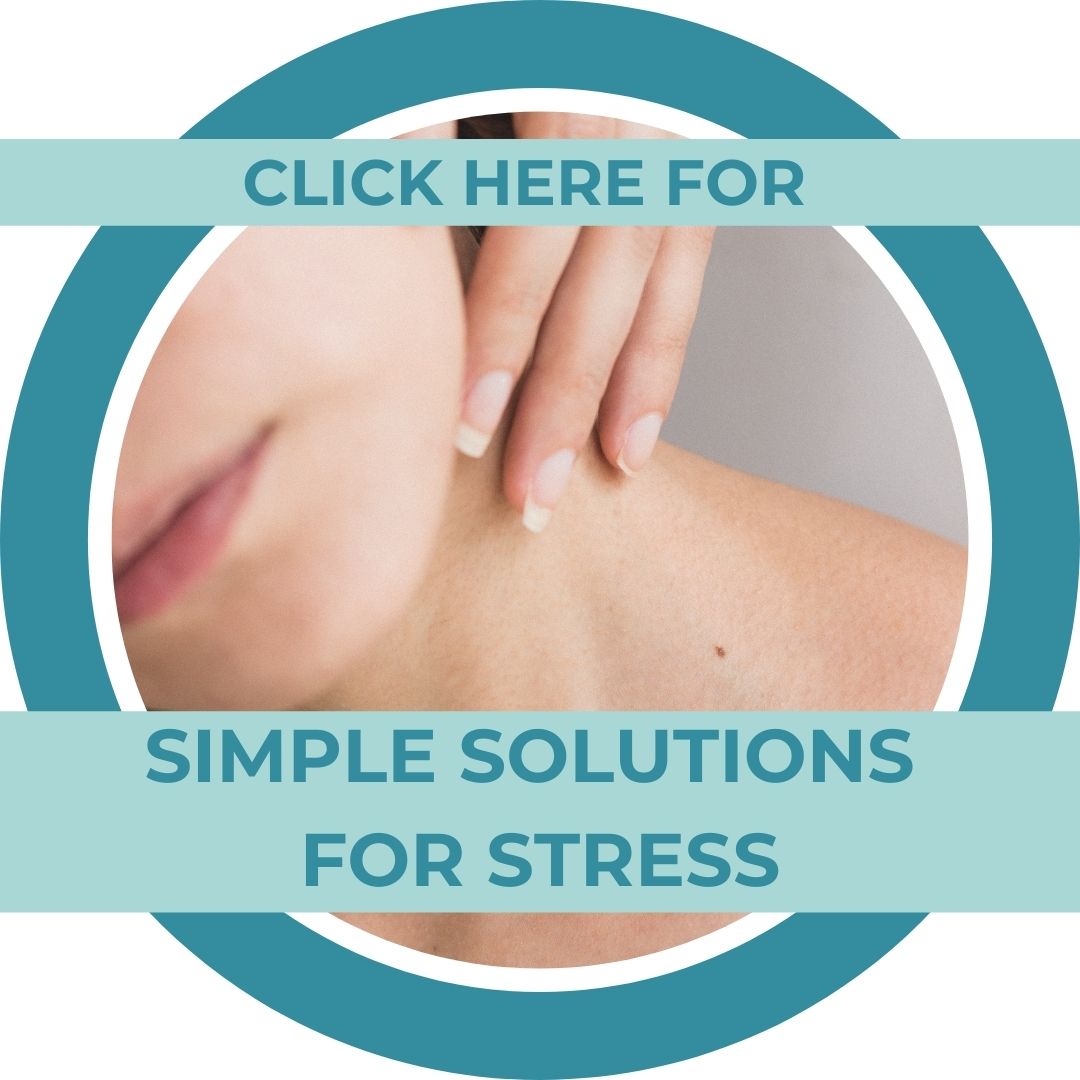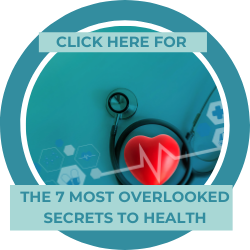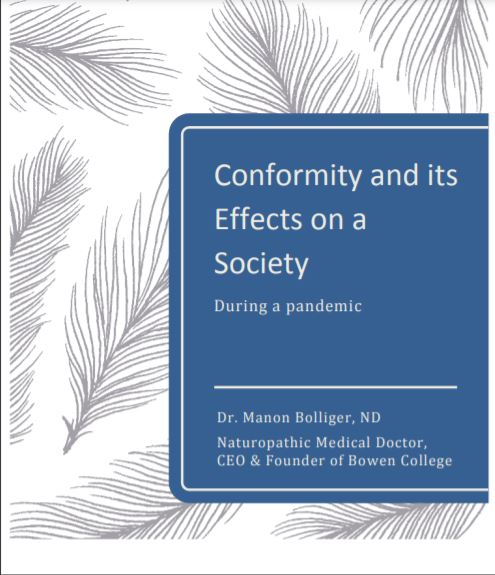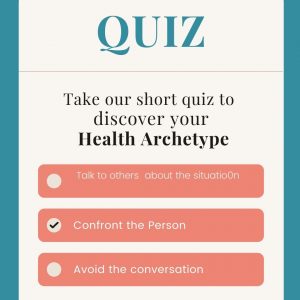Unlock the Power of Hertz and Discover Your Personal Music Frequency
In this episode of The Healers Café, Manon Bolliger, FCAH, RBHT (facilitator and retired naturopath with 30+ years of practice) speaks with Jeralyn Glass about finding the hertz frequency that resonates with your health.
Highlights from today’s episode include:
Jeralyn Glass
And so sound what I’ve learned and especially intentional sound, especially now using the crystal singing bowls, has a way where you hear the sound, and your mind goes, Oh, wow, music. Oh, wow, that’s beautiful.
Jeralyn Glass
Or there’s another tuning we talk about called 528 hertz, which is higher. In my experience, there is no one size fits all. So there’s no frequency or tuning where one can say, okay, take the 528 hertz, and that’s gonna heal your cancer.
– – – – –
Jeralyn Glass 17:19
Many times people come to me with a preconceived notion, I want 432, Hertz, and then they hear it and they don’t like it, right? So I think it’s very important that people can experience different kinds of music, different kinds of tunings, different kinds of frequency, and then say, Wow, that feels really good.
ABOUT JERALYN GLASS:
Jeralyn Glass is an internationally acclaimed singer, pioneering figure in the realm of Sound Healing, creator of The Source App, and author of Sacred Vibrations: The Transformative Power of Crystalline Sound and Music.
Before becoming one of the foremost leaders in the world of holistic healing through music as medicine, Jeralyn got her start in the theater and Broadway and graced opera and concert stages across Europe and around the globe. Later, she founded Crystal Cadence, a dedicated sound healing studio housing the Los Angeles Crystal Tones Singing Bowl Temple of Alchemy.
Her work in the field of sound has had a tremendous impact on mental health, cancer, and hospice patients as well as children and veterans. Following the tragic loss of her only son, Jeralyn decided to write her book, Sacred Vibrations, as a guide to engaging Music as Medicine and how the power of sound can serve to transform us. Sacred Vibrations guides readers on their journey of integration and wholeness through actionable tips, relaxing and effective meditations accessible through QR codes, wisdom from leading scientists, esteemed colleagues, and more.
The Source App offers meditations, mantra, tuning forks, cymatics, yoga, and lessons about the science of sound from leaders in the field of music as medicine like Jhené Aiko & Grammy Nominated Singer, Writer, Dr. Daniel Levitin Neuroscientist, Cognitive Psychologist, Bestselling Author, Musician; Dr. Sue Morter, Bioenergetics Pioneer, BodyAwake Yoga®, The Energy Codes®, Victor Wooten, 5x Grammy-Award Winning Bassist, Author, Maejor & Multi-Platinum Producer, Musician and more.
A revered educator in her field, Jeralyn has shared the stage at science and spirituality conferences with esteemed authors and thought leaders such as Marianne Williamson, Gregg Braden, Dr. Bruce Lipton, and Maria Shriver, to name a few. She has also performed for European presidents, and star athletes Kareem Abdul Jabar and the late Kobe Bryant. She counts singer/songwriters Jhené Aiko and SZA among her many students.
In addition to her artistic endeavors, Jeralyn finds time to give back through the gift of music. In 2006, she created and founded kids4kids World Foundation, a charitable organization in Munich, Germany, which focuses on developing young performers’ unique talents in music and theater. Through performances and donations, kids4kids World Foundation has raised over $30,000 annually since 2006, all of which funds private and small group Music Therapy sessions for children dealing with trauma, abuse, loss, illness, immigrant challenges, and emotional instability.
ABOUT MANON BOLLIGER, FCAH, RBHT
As a recently De-Registered board-certified naturopathic physician & in practice since 1992, I’ve seen an average of 150 patients per week and have helped people ranging from rural farmers in Nova Scotia to stressed out CEOs in Toronto to tri-athletes here in Vancouver.
My resolve to educate, empower and engage people to take charge of their own health is evident in my best-selling books: ‘What Patients Don’t Say if Doctors Don’t Ask: The Mindful Patient-Doctor Relationship’ and ‘A Healer in Every Household: Simple Solutions for Stress’. I also teach BowenFirst™ Therapy through Bowen College and hold transformational workshops to achieve these goals.
So, when I share with you that LISTENING to Your body is a game changer in the healing process, I am speaking from expertise and direct experience”.
Mission: A Healer in Every Household!
For more great information to go to her weekly blog: http://bowencollege.com/blog.
For tips on health & healing go to: https://www.drmanonbolliger.com/tips
SOCIAL MEDIA:
– Linktr.ee | Rumble | Gettr | Facebook | Instagram | LinkedIn | YouTube | Twitter |
About The Healers Café:
Manon’s show is the #1 show for medical practitioners and holistic healers to have heart to heart conversations about their day to day lives.
Subscribe and review on your favourite platform:
iTunes | Google Play | Spotify | Libsyn | iHeartRadio | Gaana | The Healers Cafe | Radio.com | Medioq | Audacy |
Follow The Healers Café on FB: https://www.facebook.com/thehealerscafe
Remember to subscribe if you like our videos. Click the bell if you want to be one of the first people notified of a new release.
* De-Registered, revoked & retired naturopathic physician after 30 years of practice in healthcare. Now resourceful & resolved to share with you all the tools to take care of your health & vitality!
TRANSCRIPT
Introduction 00:00
Welcome to the Healers Café. The number one show for medical practitioners and holistic healers, to have heart to heart conversations about their day to day lives, while sharing their expertise for improving your health and wellness.
Manon Bolliger 00:20
So today I’m with Jeralyn Glass and synchronistically, it was very interesting. She is a sound healer. She is internationally acclaimed singer, a pioneering figure in the realm of sound healing, creator of it’s called The Source Up and author of Sacred Vibrations, the transformative power of crystalline sound and music. And as we chatted, moments before we started, this is exactly what I’m looking for. But I did not know that I was had the honor to interview you today, and sound healing has been a very significant part of my own healing journey, but we might share that a bit later. What I wanted to first of all do is, yeah, thank you for for coming and sharing your knowledge, and maybe you could explain a little bit what you know, because everyone who wants to heal gets drawn to something, somehow, somewhere, and there’s some alignment, you know. What was it that got you interested in sound healing, specifically music healing,
Jeralyn Glass 01:43
Oh Manon, first of all, it’s very great to be here with you, and I’m excited for our conversation. So I knew from the time I was a little girl, I have a distinct memory of twirling around on our front porch and making some sounds singing and dancing and moving my body. And it just felt so good and so free. And I heard a voice come through as a little girl that said, this will be your path. This is, this is what I’m gonna do. And indeed, that’s, that’s how it has turned out. So music has been a part of my life, really, for as long as I can remember. And I started my formal education with singing when I was 11. I had sung a solo in our sixth grade choir, and people said to my parents, you got to do something. She’s talented. And so I would say that music for me has always been a healing balm. Music for me has always been something that connected me to God, however you want to name that, that connected me to the eternal, to the higher consciousness and music was just something that I’ve done, but it wasn’t until nine years ago, when I lost my only child, that music really became ……
Read more...
healing for me. I mean, in the way that we’re really focusing on how can sound and music as medicine help you through situations in your life, which is what we were just talking about, that there’s no pill for that. There’s no shot for that. There’s no nothing for that. It’s something that we have to be able to hold a sacred space for our own selves. And music goes in and it touches those places where there’s no words. I can’t express the depth of the grief, and yet music can go in there and hold me there that I can breathe and feel it, and then it begins to dissipate. It begins to heal.
Manon Bolliger 03:35
Oh, wow. Beautifully said, wow. And that’s quite the I can’t imagine that challenge, you know, and wow. And I think a lot of people in the last few years have dealt with this, you know, like on mass, losing family members and, you know. And it’s even worse when it’s, I think, when it’s your own children, it’s, oh my goodness. So that yeah, and the way you explain it, it’s like it’s a door in to that part of you that allows you to connect more, more deeply, right? It, it’s sort of overrides your mind, at least, that’s how I see it. It becomes its thing, its own connection, right?
Jeralyn Glass 04:27
Well, totally like I remember as a young person, my singing teacher would say to me, she wasn’t using these words like embody, but she was saying to me, you have to be the sound. And she would say to me, nothing vibrates here, right? And now, in modern terms, now, I would say, without embodiment, without the actual feeling of yourself and your sound vibration, it doesn’t have the same effect, because it’s true, nothing vibrates here. This keeps spinning and spinning and spinning, right? And so sound what I’ve learned and especially intentional sound, especially now using the crystal singing bowls, has a way where you hear the sound, and your mind goes, Oh, wow, music. Oh, wow, that’s beautiful. It that, wow, that sound. And in that moment, your mind is completely focused, and it’s not chattering and it’s not thinking, right? So in that moment, as you know so well with your experiences, you drop into your body, and you begin to embody and you begin to have space to feel. Because, for example, there’s so many things, whether it’s you know, pain, physical pain, whether it’s emotional pain, whether it’s trauma from the past that’s been blocked. There’s so many things that are just huge for us. And how do you ever go in there and feel them? You just want to go, no, no, you know, give me the pill that’s going to take it away. Give me this that’s going to take it away. And, you know, it, it doesn’t work that way, but sound has a way to focus the mind that you go, Oh, and boom, you’ve dropped into your subconscious, you’ve dropped into your body, you’ve dropped into your spirit, your soul, right? And that’s where healing happens. It happens inside, in our body. It’s not that it happens here.
Manon Bolliger 06:16
No, I would definitely agree with that version. I was gonna say something with to it. You said, There, I’ve lost the track right now. What was it? You know, it’s about like the mind will do its own thing. You don’t have to understand it, right? But it’s like your body immediately will create space. And, you know, you say, oh, because it’s beautiful. It’s like a frequency you love. And, you know, it’s interesting. I had the experience when I went to Mexico, they had this bar that was like I was walking on the main promenade, you know, that’s outside and they had this bar with loud music, and the the frequency was 440, Hertz, right? And between the loudness and the the fact that I was able to be, you know, relaxed and by the ocean and all of that, there was such it was like music I could not allow in. It was it felt like chaos, and my body just had to be far away. It wasn’t just the loudness of it. There was just something in the tonality that was so wrong to me. And then when we went to this there’s this Chapel that still had its original, sort of round dome, and it was they had a singer in there, and she played Sol fagio notes. And it was just like tears were running down people’s faces, you know, without like, there was no time to make a story, it was just pure connection to emotional release, you know, so it’s, it’s very powerful what music can do. Anyway, please share, because those are my experiences.
Jeralyn Glass 08:22
Yes, and, you know, there’s a lot of, I don’t know what to say. There’s just a lot of stories and legends out there that say, what 440 hertz, which is the tuning of music today, is the devil’s tuning. But it’s just not true. It’s just not true. There are different primary tunings that we talk about in terms of something maybe tuned to 432 hertz, something as music today is tuned to 440 hertz. Or there’s another tuning we talk about called 528 hertz, which is higher. In my experience, there is no one size fits all. So there’s no frequency or tuning where one can say, okay, take the 528 hertz, and that’s gonna heal your cancer. Because there may be somebody that loves the feeling of 432 hertz, or that loves the sounds of a particular song that’s tuned to 440 hertz. We have to understand that everybody is very unique. And each of us, if you think about it, have our own vibrational signature. We each have our own unique thumbprint, right, our own unique way of Wow, that feels good to us that doesn’t. And in that moment, what you were describing, it was just, you know, whether it was the tuning of the music, whether it was the words of the music, whether it was just the beat of the music, you know, the rhythmical or the harmonies. It’s we don’t know, you know, but we know that…we know when something that you were describing in the dome feels really good and tears just come to our eyes, and that’s the kind of music that we need to seek out again. We can’t say that this one tuning or this one frequency is going to be that thing that’s it for everyone. It doesn’t work out.
Manon Bolliger 10:01
It makes sense what you’re saying. Because, I mean, there are people that you know work with frequencies for different bacterias or different parasites that all have their own signature. So if they’re unique, we’re unique. I mean, so I hear what you’re saying, but I think the alignment is, is the important part, if you’re you’re not aligned to a type of frequency, it doesn’t feel right to you. Is that possible or how do you see them?
Jeralyn Glass 10:35
I mean, I love all of them. I play with all the three primary tunings so and also, like, when I’m consulting people who would like to choose singing bowls and would like to work with them for their own selves, or as a practitioner, will go from all the different tunings, you know, I’ll play them something without telling them, you know, how do you like these notes? Okay, how do you like these and I’ll play them different tunings. I just had this yesterday with someone who thought, you know, because she heard that 432 hertz is the most profound, and it’s connecting you to the earth. And, I mean, there’s a lot of information out there about frequencies that isn’t necessarily true. And then the more I played bowls for her, she really loved 528, and it was apparent that that’s the that’s what she loved more than anything else. So I think it’s important with healing that we recognize we can’t necessarily guide it from here. I mean, yes and no, because important is our intention. You know what we’re really, what we’re our intention is very important. But there’s a bigger picture that I think you know, obviously, as a naturopath, you know that that a lot of stuff just comes from Intuition, or suddenly there’s an inner wisdom and an inner guidance, and we say that’s it. And I think it’s important that we can understand that we can marry science and spirituality, we can marry the technique and the theory of music, and then let it come together with what I always call the ineffable, because there’s something inherent in sound that there’s no words for it. There’s just no words. You, you hear a piece of music like you were describing in the chapel, and you just, you start to cry, why? And this is, this is what science can’t necessarily, yet, really explain.
Manon Bolliger 12:22
Yeah, and I can see the attempt of, you know, making a story. So it’s a kind of a guideline, you know, but yeah, no, for me, it was, it was such a strong reaction, all both, right? And then later I was reading about it, and I thought, oh, maybe this, and I don’t listen to what we call modern music, you know. So for me, it was like, whoa. But yeah, it’s interesting. And what about when people listen to music that you know, how it changes people’s mood, right? And sometimes it brings them back to, oh, I don’t know childhood or whatever. You know teenage hood or two. Do you see that as do you make that mean anything?
Jeralyn Glass 13:17
Well, I think music, music, it really gets because it’s a vibratory language. Sound can be embedded in our very cells, you know. So if you hear a song that has been your favorite song, or you hear a, you know, a lullaby that your mom sang you as a young child, or whatever it is, it’s going to reawaken that those memories in your cells and, you know, or if somebody has a trauma, there might be a kind of music that just, you know, it’s just, it’s reactivating that trauma. So it’s, it’s really finding, if we’re talking about music as medicine, it’s finding what feels good for you. And when we talk about using music in hospital situations, for example, it can’t be that the doctor says, Okay, we’re going to play Vivaldi The Four Seasons, because that’s Baroque music and that, you know, we’ll get an orchestra that’s tuned to 432 hertz, and we’re going to play that. For the patients, there might be one patient that just says, I want to just hear Frank Sinatra fly me to the moon. That’s all I want to hear. And there might be another patient that says, I just want to hear Farrell’s Happy, right? So we can’t, we can’t say that any one size fits everybody. It’s really identifying what feels good to me. And I think another thing that has become so obvious to me now in the last years, is that we may have, and I’m sure you know this from your work, we may have traumas that are buried. So let’s say, you know, if I have a broken heart, it’s not necessarily going to be here in my heart. I might have a blockage of energy in my root chakra, because when that heart was broken, my whole world collapsed, right? And. So my stability, my root, my grounded aspect, collapsed. So I might have to go in and work with that area of my body before I start working with my heart. And I think music has the ability to touch all different you know, if we talk about the energetic system or the chakra system, music has the ability to touch the whole thing and bring us to a state of wholeness. But I feel like it’s important that we don’t get focused on okay, that’s the area of my body, and then I’m gonna try to use that kind of music or that note or whatever. It doesn’t heal. You know this better than I do that healing doesn’t work that way.
Commercial Break 15:36
What would your life be like if you were pain free? If you are one of the millions who suffer from chronic pain, the thought of just one day without it may seem impossible. This is often because conventional medicine tends to fall short in the treatment of pain, opting to prescribe pills or recommend surgery rather than getting to the root cause of the problem. But if you are suffering with emotional or physical pain, there is hope. Join the founder and CEO of Bowen College, Manon Bolliger, live online for your body mind reboot. Learn how to listen to your symptoms and get to the root cause of your pain, plus be trained in basic Bowen therapy moves so that you can reboot your body for optimal health. You don’t have to live in pain. You can heal, stop the pain pill cycle by visiting www.yourbodymindreboot.com to learn more and to register.
Manon Bolliger 16:38
Yeah, no, no, but so, so, and I totally agree with you. And I mean, that’s why I always say the patient always knows deeply it needs to be aligned to whatever it is that it’s that they’re choosing to do. But so do you find that instinctively people know what sound and what frequency is, is healing to them? Is that something that you you think at this point or not?
Jeralyn Glass 17:19
I think I like to guide people again. Many times people come to me with a preconceived notion, I want 432, Hertz, and then they hear it and they don’t like it, right? So I think it’s very important that people can experience different kinds of music, different kinds of tunings, different kinds of frequency, and then say, Wow, that feels really good. Because let’s just say, on one particular day, you have a very bad headache. So something that you might normally like doesn’t feel good to you, but something else does. So I think I’ve learned that one of the most important things is that we learn to be present. We learn to come home and be present like in the moment. Now that you and I are conversing, and we don’t know where our conversation really is going to go, we know that we have a sympathetic resonance between the two of us. But I feel like that is so crucial, whether you are a doctor, whether you are a professor, like I am, or in any field that you’re working in, if you can be present and then really breathe and feel what’s going on. I think that lends to much more honest communication and much more the possibility of true healing.
Manon Bolliger 18:32
No, I completely agree, and I should just to be on the safe side. I’m not allowed to be referred to as a doctor, even though I’ve been one for 30 years. So just in case, the sources that are listening and I’m not seeing patients either at this stage. So I just want to clarify that in case anyone hears this and misconstrues my I mean, it’s so ridiculous. But anyway, I will be a little careful with that one. So I would love it if he would play something. And I wonder if we could. Oh, you know what? I feel like doing an experiment on myself. Trick me do three types of tones and then let’s see what, yeah, what resonates at this moment. Like, you say, I don’t know if that’s doable, or do you think it would be nicer to just to show like, is there a favorite piece you’d like to share? I’m quite open.
Jeralyn Glass 19:40
So what I can do, just as you ask that.
Manon Bolliger 19:44
I was curious, you know?
Jeralyn Glass 19:45
Yeah, so let me just play for you. So this particular bowl is a G note. Now, the G note is very, very grounding, and G note is associated with the OM sound. So just take a listen. Here. Tke a listen here, so you can hear that they’re slightly out of tune. So this G note is 432 hertz, and this G note is 440 Okay, so if I just played the 432 hertz, let’s just hear what that sounds like. Just breathe, feel how you feel with this sound, and then I’ll play the same note again. I wasn’t planning to make that kind of a demonstration. Here’s the 440 so it has a different quality.
Manon Bolliger 21:01
Yeah, and it, I feel it in a different part of my body.
Jeralyn Glass 21:07
Explain. Where do you feel it?
Manon Bolliger 21:09
So the 440 I feel it like here. And more in my head
Jeralyn Glass 21:15
Okay.
Manon Bolliger 21:16
And the other one, it was clearly in my in my abdomen, you know,
Jeralyn Glass 21:21
Excellent. And you, I’m sure that someone listening to this would experience it different than you, and that’s what I think it’s important that we that we truly honor. So for example, here’s a higher note. This is a 520, 8 c note, and this is a 440, they’re very close, but this one has a different do with this. This one has a different, little bit higher resonance. So in that case, this one is a little higher. This one is a tick lower.
Manon Bolliger 22:15
Subtle difference. Yeah, I see I, I definitely feel or open with a higher one in that one. Mm, hmm.
Jeralyn Glass 22:25
So what I’ve created on the table here is a combination. It’s a it’s the notes of the chakra system, and it’s a mix of 528, and 440 so for me, a lot of times I like to play in meeting people, where we are, where music is familiar, the tuning of 440 and then I like to either add 432 to it or add 528 so just that, you see how you feel. But there’s a number of bowls on the table here that are 528 Okay, and there’s a few that are 440 now, just take a listen. I invite everyone to set an intention, because sound in combination with your pure intention can really make transformation. So what is it that’s up for you right now? What’s been on your mind? What would you like is there something that’s longing to be transformed and to heal and bring that into our space now. I’m just gently rubbing the palms of your hands together to generate heat. I like to stroke them through my scalp tenderly caress my cheeks. The sound is still resonating, and then begin to tap your chest, your upper arms and your wrists, your belly, your hips, your thighs, and then a gentle stretch and opening your eyes. That was just a mini, mini, mini example of what I did was I played what we call music, sacred intervals. So these combination of notes, they create a structure that really helps you to feel held and safe, and then you can relax deeply into that musical structure. And things begin to be felt. Things begin to emerge. Suddenly, you just have this particular memory or this particular feeling, and it begins to move. And for me, that’s how I’ve experienced with so many 1000s of people all around the world, what happens with these particular sounds and alchemies and structure of music that can help us really to be held in safety and breathe and feel and let go of the things that weigh us down, the things that keep us in a more disharmony, disharmonic state, right? And we come back to coherence and harmony through sound.
Manon Bolliger 28:25
Beautiful, wow, yeah, no, that was very relaxing, very.
Jeralyn Glass 28:35
Ah good. And this is the my book, Sacred Vibrations, that’s just being released July 23 and so much about, just about what we’ve been talking about, about what has happened for people, how I’ve worked with cancer patients and hospice patients and veterans, what kinds of things we’ve discovered in this field of music as medicine. And then, what do the crystal singing bowls really do? Why are they? Why are they such an unusual instrument? And yeah, just what? You just had a mini experience of how the sound really helps you to quiet your mind. And as you said, just begin to relax deeply, is the first and most important thing as we begin to heal.
Manon Bolliger 29:19
Yeah. No, that was wonderful. So do you also have tapes or like, you know, if people want to, I mean, reading your book won’t give you the music.
Jeralyn Glass 29:30
Yes, it will. Yes it will. There’s a, there’s a QR code in the book. There’s a QR code at the end of the book that you can go to that. Let me see if I can find it. You can go to the QR code and you download. There’s special meditations I made for everybody, and there’s but in any case, besides that. So here, this is in the back of the book, okay? And there are seven meditations that you receive with the book. But we have a beautiful YouTube channel. Yeah, and it has well over 150 pieces in it. So it’s like a free library of all different kinds of sound meditations and music for people to enjoy. There’s two two hour loops. So if you want to just spend time and studying, cooking, relaxing, going to sleep, you can use those two two hour loops, because they’ll music will go on for 20 minutes that
Manon Bolliger 30:24
You put into YouTube then to find this.
Jeralyn Glass 30:28
Crystal Cadence by Jeralyn Glass
Manon Bolliger 30:30
Okay, one more time.
Jeralyn Glass 30:31
Crystal Cadence is the name of my company. Crystal cadence by Jeralyn Glass
Manon Bolliger 30:38
By Jeralyn Glass. Okay. Glass, it’s interesting that you have that.
Jeralyn Glass 30:43
That is my name.
Manon Bolliger 30:45
Maybe it was set from the start, clearly. Well, wonderful. I learned a lot. And thank you very much for sharing your knowledge. And I’ll definitely look at these pieces. So any last words you want to say?
Jeralyn Glass 31:00
Oh, we also have, I’ve built this platform, an educational platform called the Sacred Science of Sound. And for me, it’s been very, very important to have conversation as a musician and a singer, to have conversation with colleagues, with other people in the field of sound, and then with well known scientists so on. On our new app called Source Be Inspired. There’s 20 different visualizes, as we call them, so you can experience music. You can experience lecture by some of the leading scientists in the field and well known musicians. And that’s my passion, that’s also part of the book too, is how do we collaborate, even though we might feel that we’re very different. But what, what does bring us together is music, and music is the language that every single human being, no matter what God you pray to, no matter how much money is in your bank account, no matter what language you speak, no matter what every human being understands, the language of music. Because for me, that language is love. And so you we have this, the app Source Be Inspired, and the book and the YouTube channel, Crystal Cadence, where, again, you have a platform of many free, free sounds for you to listen to and enjoy. And I feel like this is the medicine that humanity is needing. Very, very much now.
Manon Bolliger 32:22
I would agree. Alright. Well, thank you so much.
Jeralyn Glass 32:26
Thank you Manon, thank you for having me.
Ending
Thank you for joining us at the Healers Cafe. If you haven’t already done so, please like, comment and subscribe with notifications on as I post a new podcast every Wednesday with tons of useful information and tips for natural healing that you won’t want to miss, go to DrManonBolliger.com/tips for more tips
* De-Registered, revoked & retired naturopathic physician, after 30 years of practice in healthcare. Now resourceful & resolved to share with you all the tools to take care of your health & vitality!
